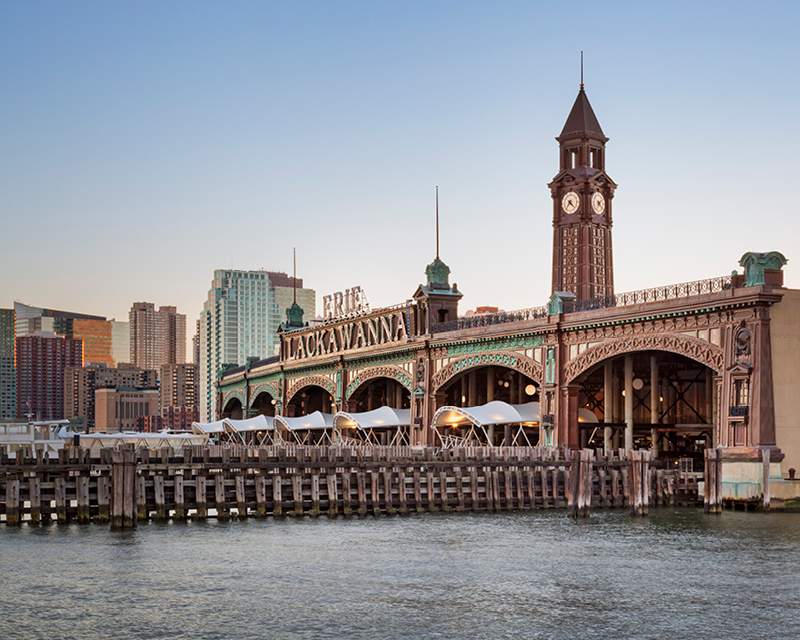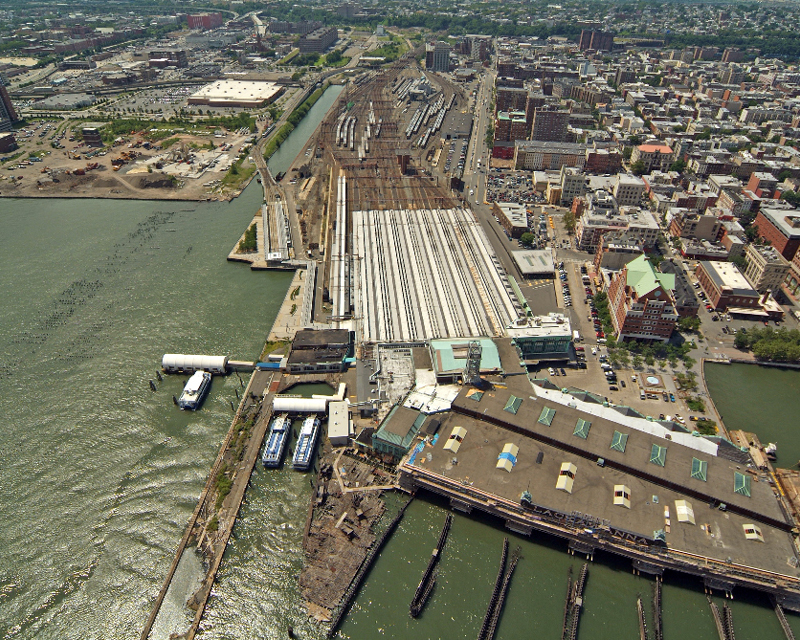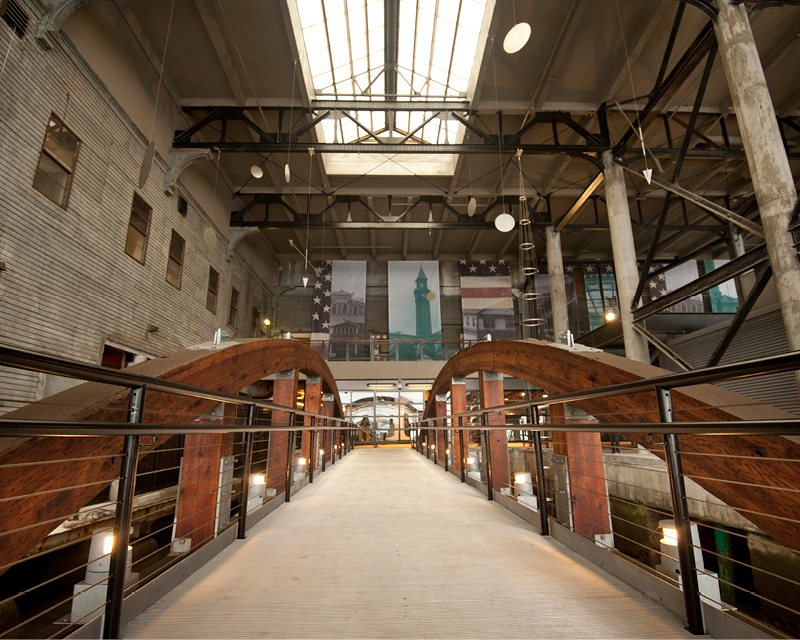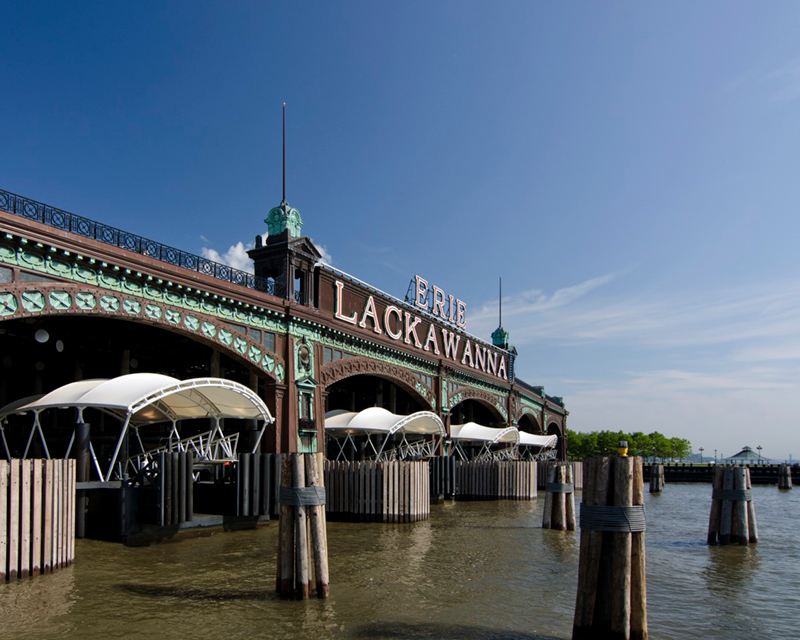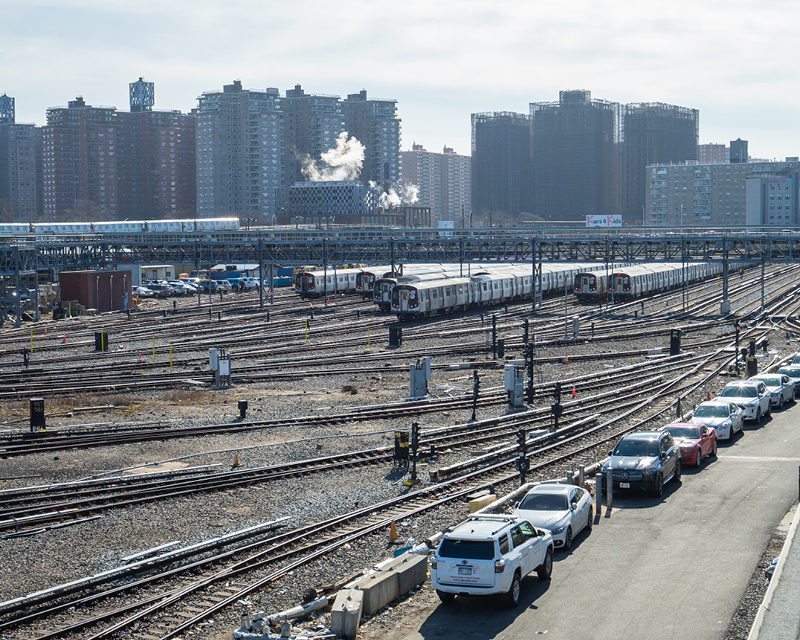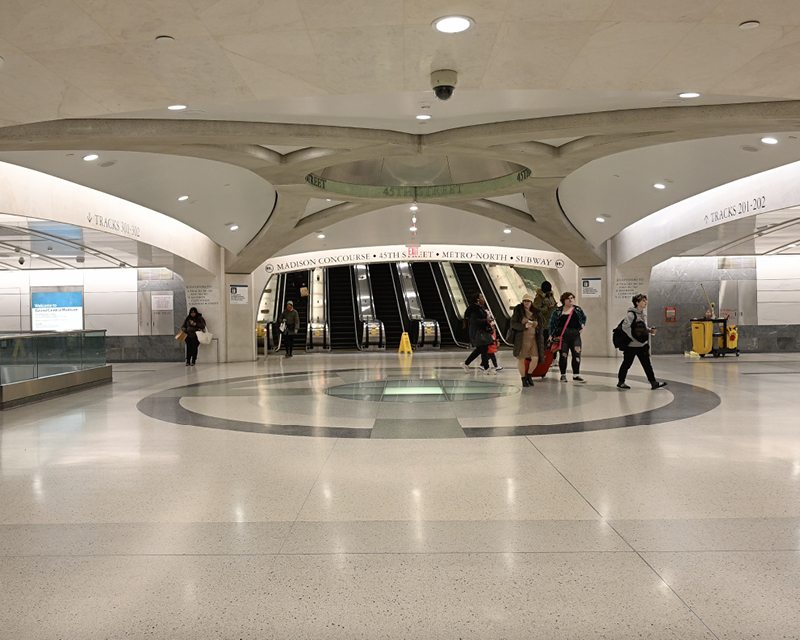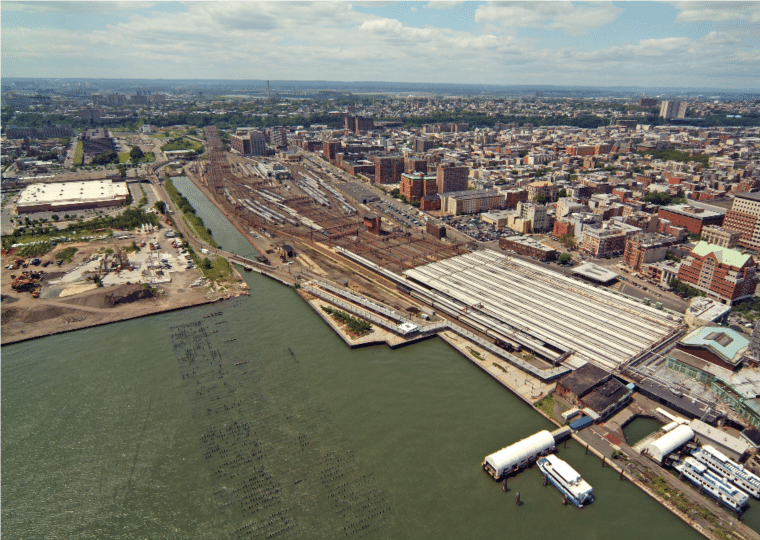An iconic piece of transportation infrastructure in New Jersey, the Hoboken Ferry Terminal and Yard connects commuter rail, bus transit, rapid transit and ferry service at one of the busiest intermodal hubs in North America. It originally opened in 1907, was electrified in 1930 and is listed on the National Register of Historic Places.
As part of a program to restore the terminal to its past grandeur and modernize the facility for future generations, STV served as NJ TRANSIT’s project manager for the $175 million redevelopment and rehabilitation of the terminal and yard complex. STV led a large design team through multiple projects during a 15-year period that started with the development of a master plan for the site. The team ultimately provided architectural and engineering services for the terminal’s rehabilitation over three phases. Projects completed during this period included the rehabilitation of the terminal’s main waiting room, the modernization of Yard B, the construction of a new wheel truing facility and the rehabilitation of the ferry terminal.
The STV-led team also prepared design-build documents for the reconstruction of the terminal’s historic 225-foot-high clock tower.
In 2012, the terminal and yard were severely damaged by Superstorm Sandy. While transit services became operational within a few months, the storm’s far-reaching effects emphasized the growing need for implementing protective measures to enhance resilience along urban coastal regions, including at the historic terminal. STV was contracted to design immediate repairs and long-term protective measures to protect the intermodal and maintenance facilities against future storm-generated flooding.
Repairs to the 54-acre site included the replacement of flood-damaged ejector pumps, power supply, controls and piping. Various flood protection measures were also identified. These included relocating major equipment, such as the terminal’s replacement heating system, to higher elevations and floodproofing electrical equipment where relocation was not feasible. In addition, the ferry operations office suite at the terminal was relocated and constructed behind flood barriers. In the yard, numerous vulnerable assets were raised, including power and signal feeders and transformers.
The overall restoration program was honored by the American Council of Engineering Companies of New York with an Engineering Excellence Award and by the American Institute of Architects of New Jersey.
54
acre site
225
foot-tall reconstructed clock tower
15
length of redevelopment program
